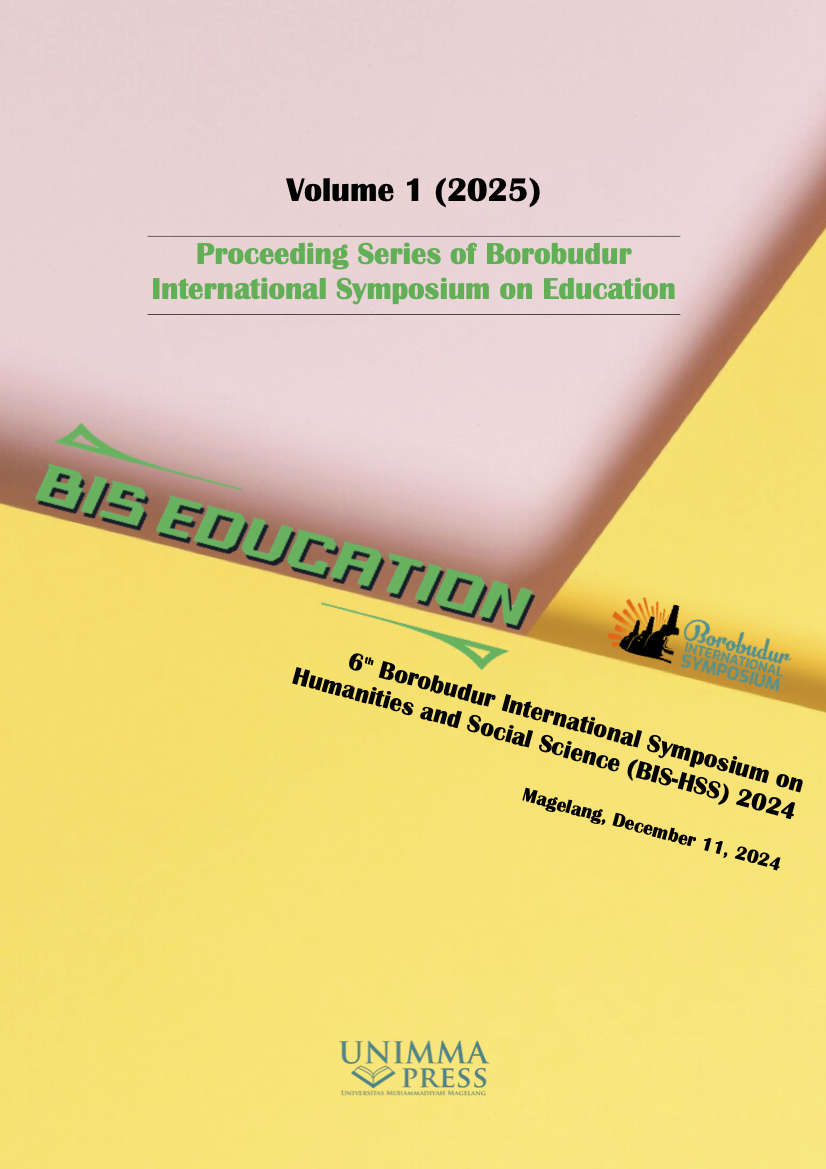Analysis of the use of the hypnoteaching method in mathematics learning for elementary school students
Keywords:
Hypnoteaching method, Mathematics learning, Elementary schoolAbstract
This study explores the application of the hypnoteaching learning method in mathematics instruction for students at SD Negeri 1 Sukamulya. The main research question is: How do elementary school students learn mathematics using the hypnoteaching method? To address this, a qualitative research approach with descriptive methods was employed. Data collection techniques included observation, interviews, and documentation. The data were then analyzed using qualitative descriptive analysis techniques. The findings revealed that the hypnoteaching method was implemented by the fourth-grade homeroom teacher during mathematics lessons. The study concluded that this method significantly enhances teacher-student interactions, making learning more engaging. Traditionally perceived as challenging, mathematics became more approachable for students, resulting in a shift in their attitudes toward the subject. Teachers were no longer seen as unapproachable or boring, and students felt more comfortable asking questions, fostering a more harmonious teacher-student relationship. Moreover, students displayed increased enthusiasm and motivation in learning mathematics. The positive affirmations and encouragement provided by teachers inspired students to work harder, boosted their curiosity, and improved their confidence. This method also encouraged students to participate actively in various positive activities during classroom learning, contributing to their overall personal development.

